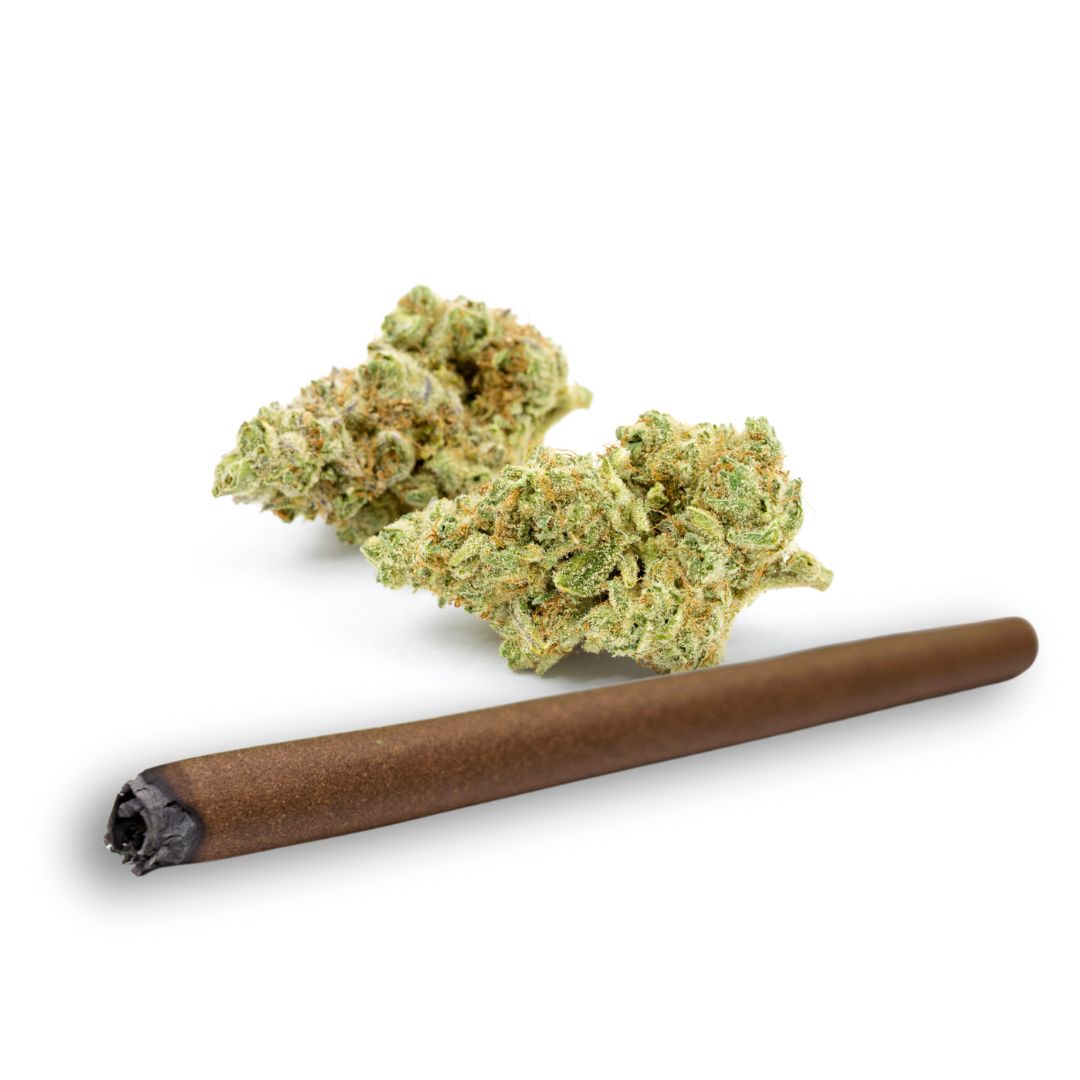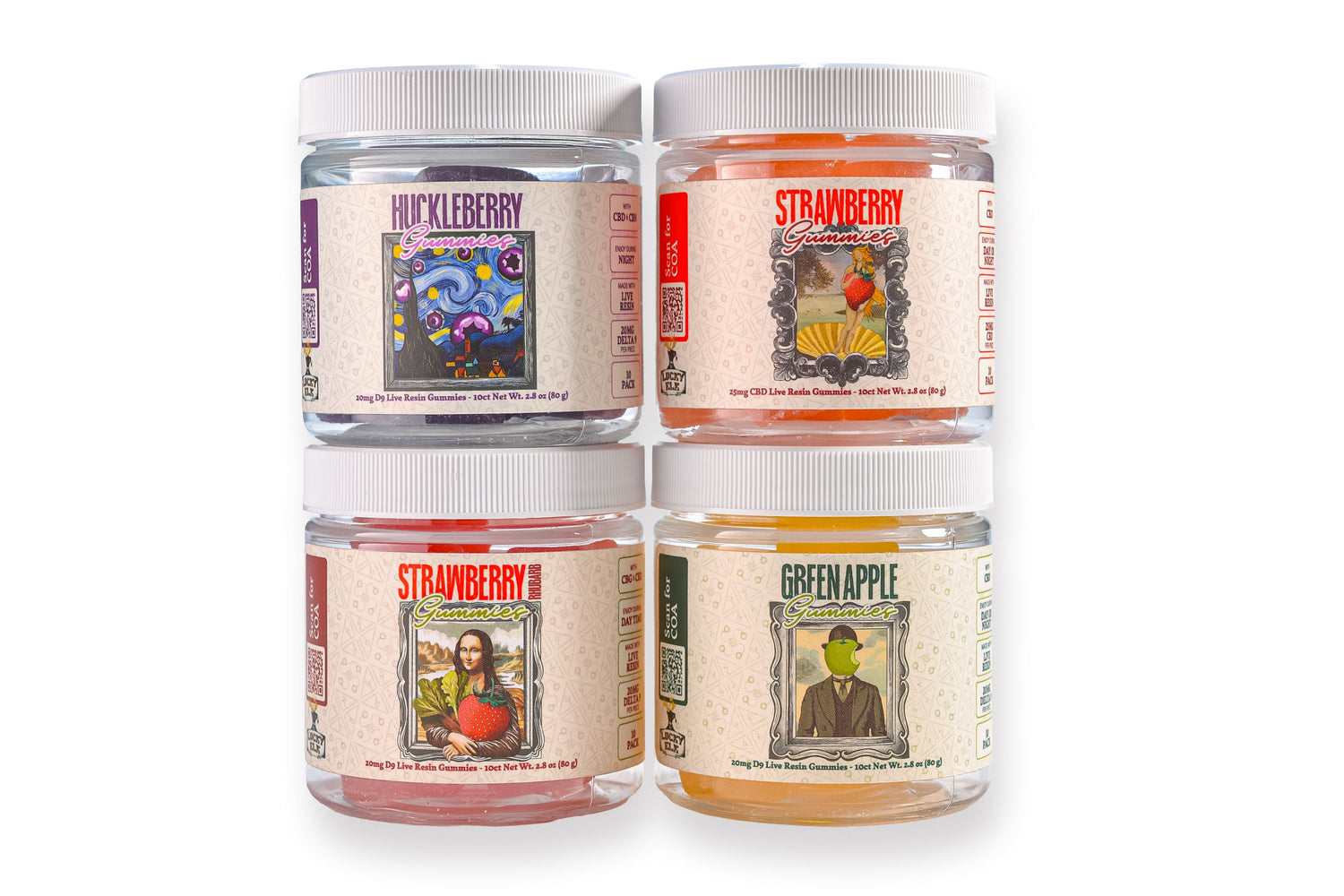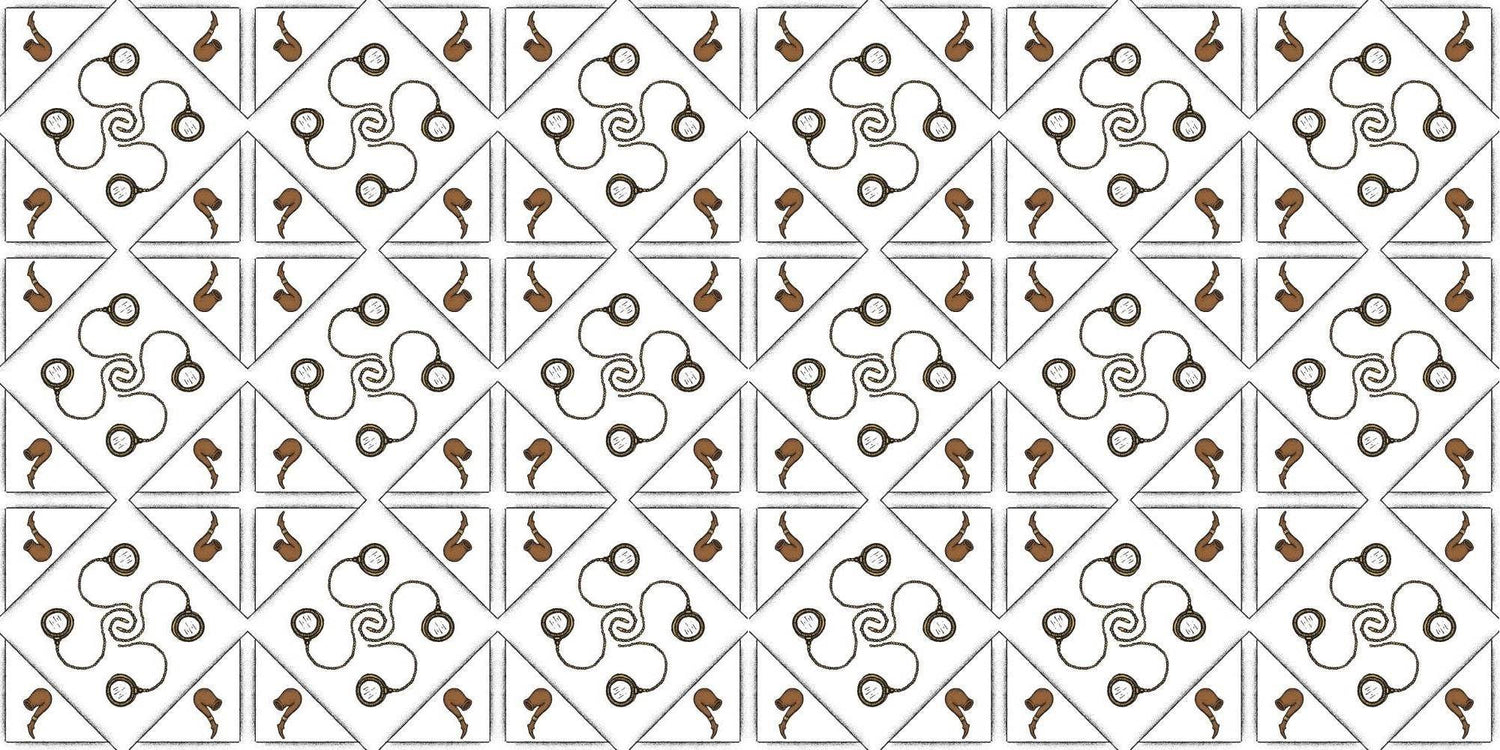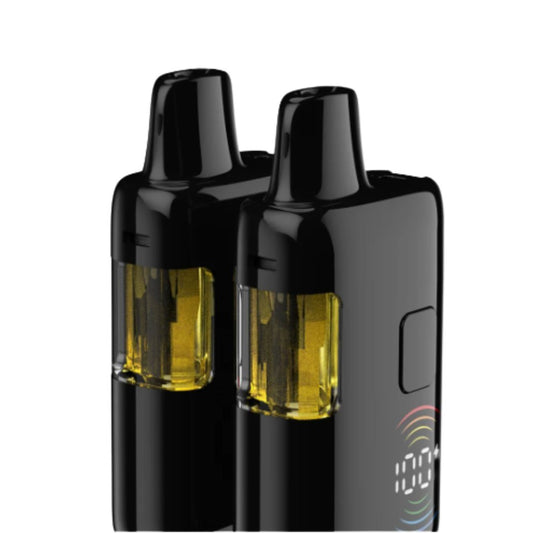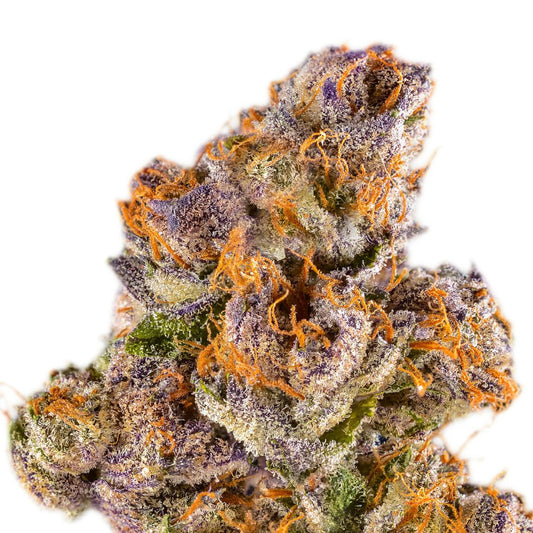Cannabis and the Rhythm of Light
Cannabis isn’t just any plant—it’s photosensitive, meaning its growth cycle is triggered by changes in daylight. Long days (typically 14+ hours of light) keep it in a vegetative state, growing tall and bushy. As the days shorten, the plant senses the shift and begins to flower, focusing its energy on producing buds.
This trait is why cannabis grown outdoors follows the natural rhythm of the sun, with flowering triggered about 8 weeks after the Summer Solstice. It’s also the foundation for light-deprivation growing, a technique that lets farmers take control of that light cycle to produce earlier harvests—often with premium results.

What Is Light Dep Weed?
(aka: What Does 'Deps Weed' Mean?)
“Deps weed” is short for light-deprivation cannabis, or simply “light dep.” It refers to flower grown outdoors or in greenhouses using controlled light exposure to manipulate the plant's growth cycle.
By using blackout tarps or automated systems to artificially shorten the day, growers can force plants to flower earlier in the season—usually yielding a high-quality product before full-season outdoor crops are ready. This method is especially popular in regions like Southern Oregon and the Emerald Triangle, where full-sun growing conditions are ideal but farmers want to harvest in late summer instead of fall.
Why Southern Oregon Is Ideal for Light Dep Weed
The latitude of Southern Oregon (around 42°N) is nearly perfect for growing cannabis outdoors. It mirrors the same daylight conditions found in other legendary grow regions like Humboldt County and Mendocino, providing:

- Long daylight hours in veg
- Warm, dry summers
- Cooler nights that promote terpene production
For full-season outdoor grows, plants are typically started in April or May and harvested in October. But with light deps, Southern Oregon farmers can pull a full harvest by July or August, often followed by a second crop before fall.
Light Dep Growing: Step-by-Step Timeline
Here’s a typical light-deprivation cannabis cycle for Southern Oregon:
| Stage | Timeline | Details |
|---|---|---|
| Veg Start | Early April | Plants are started from seed or clone under natural light or supplemental veg lighting. |
| Light Deprivation Begins | Late May | Growers begin covering plants for 12+ hours/day to simulate shorter daylight. |
| Flowering Phase | Early–June to Late July | Plants respond to darkness by entering full flower mode. |
| Harvest | Late July to Mid August | Buds are mature, resinous, and ready for harvest—weeks before full-season crops. |
| (Optional) Second Round | August–October |
Some farmers replant or let full-season crops continue in parallel. |
This system lets growers beat the autumn rains, stagger inventory, and offer fresh flower earlier in the market cycle.
Types of Light Dep Setups
Not all light dep weed is grown the same way. Depending on scale and resources, farmers use different methods to control light exposure:
Manual pull-tarp setups use PVC hoops and blackout tarps, pulled by hand every day—low cost but labor intensive.
Automated greenhouses rely on mechanical arms and venting systems to pull tarps on a timer—but they require maintenance and can be glitchy.
High-tech climate-controlled greenhouses use internal curtains, CO₂, and environmental controls to dial in the perfect conditions—at a much higher price tag.
Each method reflects a different balance of effort, precision, and investment.
👉 Explore all three light dep grow styles in our full guide →

Light Dep vs. Indoor vs. Full-Season Outdoor: A Quality Comparison
| Method | Environment Control | Harvest Timing | Visual Quality | Terpene Profile | Cost to Produce |
|---|---|---|---|---|---|
| Light Dep | Semi-controlled (greenhouse + blackout) | Summer (Jul–Aug) | High | High | Moderate |
| Indoor | Fully controlled | Year-round | Very High | Moderate–High | High |
| Outdoor (Full Season) | Natural environment | Fall (Sep–Oct) | Variable | Very High (if well-grown) | Low |
Light dep weed often combines the best of both worlds:
Sun-grown terpenes and complex cannabinoid profiles
Tighter, denser buds with indoor-like bag appeal
Earlier harvest and better risk control
In the right hands, light deps can rival or even outperform indoor in flavor and effect—especially when grown organically in living soil.
Final Thoughts: Why Light Dep Weed Matters
In an industry driven by timing, quality, and craft, light dep cannabis gives farmers more flexibility—and consumers access to premium flower when the market is still waking up.
So next time you see “deps weed” on a jar, know that it’s not just slang—it’s a signal of seasonal mastery, of growers working with the sun and within the rhythm of the plant. At Lucky Elk, that’s what we aim for every time we put seed to soil.


